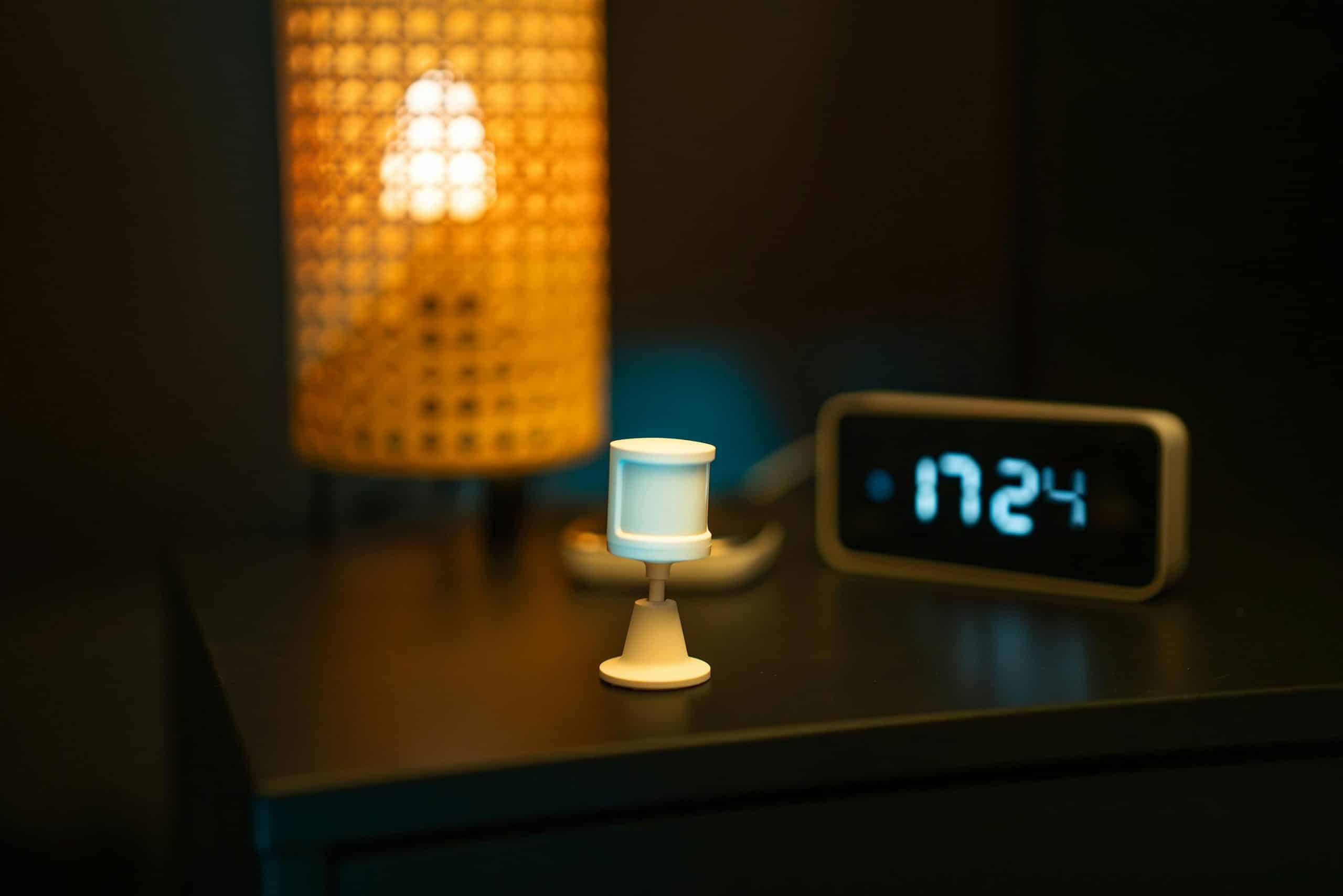
What are the most effective ways to secure IoT devices in UK’s smart homes?
As the number of connected devices in UK homes continues to grow, securing these devices has become a top priority. From smart thermostats to intelligent security cameras, the proliferation of Internet of Things (IoT) devices has brought convenience and innovation but also new security risks. With cyber criminals increasingly targeting these devices, understanding the best practices for securing IoT devices is vital for maintaining the privacy and safety of personal data.
Understanding the Security Risks of IoT Devices
The convenience of IoT devices comes with a significant downside: they are often vulnerable to security breaches. These devices, when connected to your home network, can become gateways for cyber criminals to access other devices and sensitive information. The more connected devices you have, the higher the risk.
A découvrir également : How to utilize blockchain for enhancing transparency in UK’s food supply chain?
Security Risks in IoT Devices
IoT security is a growing field within cyber security. However, many consumer IoT devices are not built with comprehensive security measures in mind. This makes them susceptible to various kinds of attacks, including:
- Unauthorized access: Hackers can gain control of your devices and potentially use them to access your network.
- Data breaches: Personal data collected by these devices can be intercepted and misused.
- Malware: IoT devices can be targeted by malware that can disrupt their functioning or turn them into part of a botnet.
Understanding these risks is the first step in developing an effective strategy to secure your smart home.
Cela peut vous intéresser : How to build a scalable e-commerce platform for UK’s independent artists?
Implementing Security Best Practices
Securing your IoT devices requires a proactive approach that combines several best practices. By following these steps, you can significantly reduce the risks associated with IoT security breaches.
Use Strong and Unique Passwords
One of the simplest yet most effective ways to secure your IoT devices is by using strong, unique passwords for each device. Many devices come with default passwords that are easily guessable by hackers. Changing these to complex passwords can dramatically improve your device security.
Enable Two-Factor Authentication
Whenever possible, enable two-factor authentication (2FA) on your devices. This adds an extra layer of security by requiring a second form of identification beyond just a password. This could be a text message code or an authentication app.
Regular Software Updates
Manufacturers regularly release software updates to patch security vulnerabilities. Ensure your IoT devices are always running the latest firmware. These updates often include critical security enhancements that protect against newly discovered threats.
Secure Your Network
Securing your home network is just as important as securing individual devices. Use a strong password for your Wi-Fi and consider setting up a separate network for your IoT devices. This isolates them from your main network, reducing the risk of a hacker gaining access to your other devices.
Disable Unnecessary Features
Many IoT devices come with features that you may not use. Disabling these can reduce the number of potential entry points for hackers. For instance, if a device has remote access capabilities that you don’t need, turn them off.
Utilizing Advanced Security Solutions
For those looking to take their IoT security to the next level, there are advanced security solutions available. These tools can provide additional protection and peace of mind for your smart home.
IoT Security Hubs
IoT security hubs can monitor the traffic between your IoT devices and the internet. They can detect unusual activity and alert you to potential security issues. These hubs often come with built-in firewalls and other security features specifically designed for IoT devices.
Machine Learning-Based Security
Machine learning algorithms can analyze patterns of behavior and detect anomalies that might indicate a security threat. These advanced systems can adapt to new threats and provide robust protection against evolving cyber attacks.
Professional Security Audits
Consider hiring a professional to conduct a security audit of your smart home. These experts can identify vulnerabilities that you might have missed and recommend specific measures to enhance your security.
Balancing Convenience and Security
While IoT devices offer unparalleled convenience, it’s essential to balance this with robust security measures. Fortunately, securing these devices doesn’t have to be a cumbersome process. By integrating security into your daily routine, you can enjoy the benefits of a connected home without compromising your privacy.
Educate Yourself and Your Family
Understanding the basics of IoT security can go a long way. Educate yourself and your family about the potential risks and the steps to mitigate them. This knowledge will empower everyone in your household to contribute to maintaining a secure environment.
Be Mindful of Data Sharing
Many IoT devices collect and share data to enhance their functionality. Be mindful of the information you are sharing and with whom. Review the privacy settings of your devices and limit data sharing to only what is necessary for their operation.
Regularly Review Device Permissions
Periodically review the permissions granted to each of your IoT devices. Ensure that they only have access to the data and functions they need to operate. Revoking unnecessary permissions can further enhance your device security.
Securing IoT devices in your UK smart home involves a multifaceted approach that includes strong passwords, regular updates, network security, and possibly advanced solutions. By understanding the risks and implementing best practices, you can protect your personal data and enjoy the benefits of a connected home without falling victim to cyber criminals. Stay informed and proactive, and you'll be well on your way to safeguarding your internet things.
